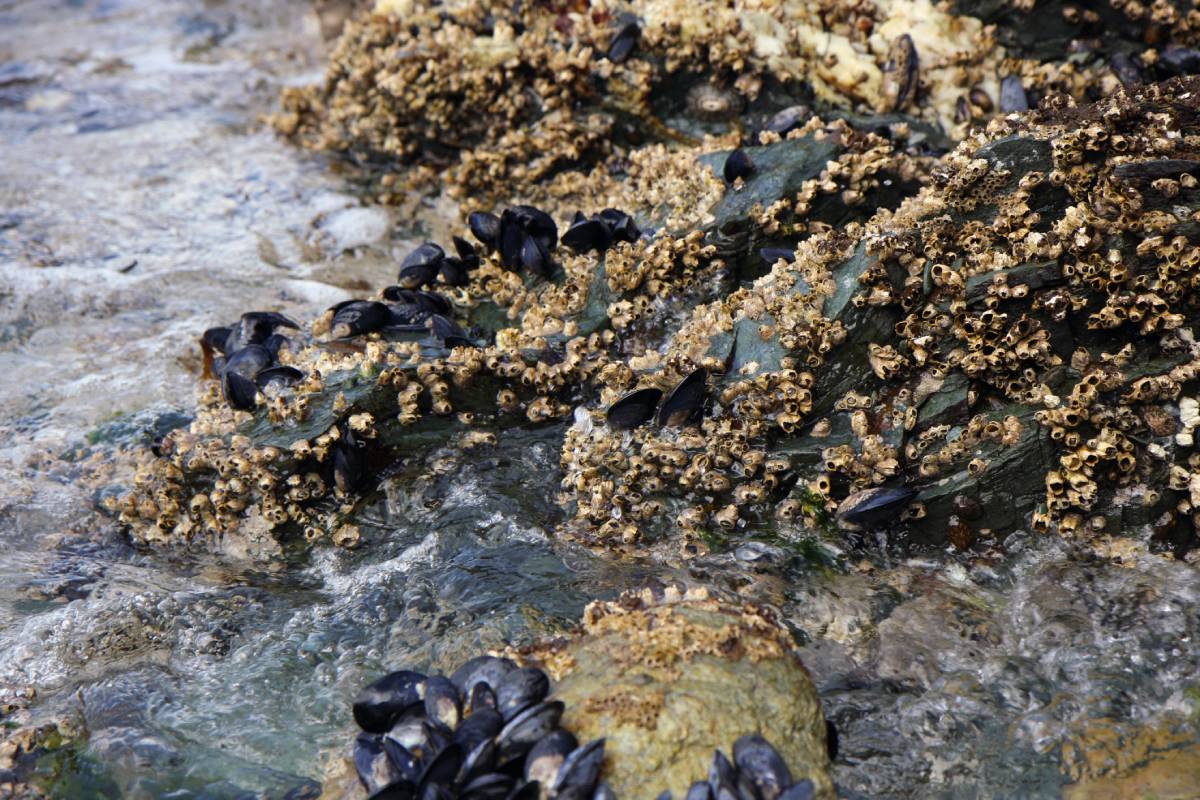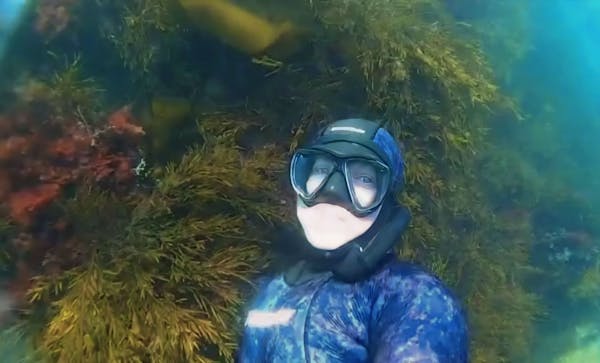Oysters: Nature’s water filtration system
For more than 100 years, oysters have sustained oceanfront communities on all US coasts. Oysters cluster on older shells, rock, piers, or any hard, submerged surface. They fuse together as they grow, forming rock-like reefs that provide habitat for other marine animals and plants. Watermen make their living harvesting oysters for food.
The lifeblood of coastal economies
Not only do oysters provide sustenance and economic value for thousands, they also have a tremendous ecological value—acting as natural water purifiers by filtering and removing pollutants from the sea.

Oysters on a rock at low tide. Image Credit: © Iamjoshsefton| Dreamstime.com.
Nature's water purifiers
A single oyster can filter up to 50 gallons of water a day. Sediment and nitrogen cause problems in Bay waters. Though nitrogen is an essential nutrient for plants and animals, too much of it—often from fertilizer runoff and septic tanks—boosts the growth of algae, which overwhelm water bodies and ultimately reduce oxygen levels in them.
Oysters, clams, and other shellfish help remove excess nitrogen from waters by incorporating it into their shells and tissue as they grow. Oysters also filter these pollutants by consuming them or shaping them into small packets, which are deposited on the bottom of the sea where they are not harmful.
A population in peril
But the oyster population is in danger. Eighty-five percent of their reefs have been destroyed due to rising temps and overfishing. The oysters in the Chesapeake Bay could once filter a volume of water equal to that of the entire Bay (about 19 trillion gallons) in a week. Today, it would take the remaining Bay oysters more than a year.

Live shells and oysters in the National park of Ushuaia in Argentina. Image Credit: © Yevgenia Gorbulsky | Dreamstime.com.
Hope through restoration
Oysters are making a comeback thanks to recognition of their value, and resultant restoration efforts. Towns have considered seeding and growing shellfish as a way to reduce nitrogen levels in coastal waters because they are a cheaper, faster, and more sustainable alternative to building sewers and wastewater treatment systems. This is according to Joshua Reitsma, a marine specialist with the Woods Hole Sea Grant Program and Cape Cod Cooperative Extension.
Restored oyster reefs in Harris Creek, on Maryland's Eastern Shore, can now filter the entire volume of the creek in less than 10 days during the summer. Each year, the reefs are estimated to remove an amount of nitrogen equivalent to 20,000 bags of fertilizer —a service valued at more than $1.7 million.
For restoration efforts to work, they need to be combined with a comprehensive and wholistic approach to overall ocean health. An oyster’s filtration rate depends on a lot of environmental factors. “They don’t feed much at very low temperatures and get stressed out at super high temperatures,” Matthew Gray, a scientist at the University of Maryland Center for Environmental Science’s Horn Point Laboratory, said.
Other factors such as salinity, turbidity, and the quantity and quality of food affect how much water oysters can, or will, filter. For example, certain kinds of harmful algae, found in brown or red tides, can switch off an oyster’s appetite.
Still, oysters are “powerful ecosystem engineers,” Gray said. The reefs they build with their shells provide habitat for fish, crabs, and other marine creatures.
And when conditions are optimal, he added, “they can really have transformative effects on water quality and clarity.”

.png?auto=compress%2Cformat&w=200)



